What Is Cost Accounting? It’s Cost Control

Cost accounting is a process of recording, analyzing and reporting all of a company’s costs (both variable and fixed) related to the production of a product. This is so that a company’s management can make better financial decisions, introduce efficiencies and budget accurately. The objective of cost accounting is to improve the business’s net profit margins (how much profit each dollar of sales generates).
Here’s What We’ll Cover:
What Is the Purpose of Cost Accounting?
What Are the Two Basic Types of Costs?
What Is the Cost Accounting System?
What Are the Types of Cost Accounting?

What Is the Purpose of Cost Accounting?
Cost accounting allows for the following:
Cost Accounting Allows a Company to Budget
When a business has a better idea of exactly how its money is being spent, it can better budget for the future. A company’s accountant is typically already aware of the business’s fixed costs (utilities, rent, property taxes, etc.), but it’s variable costs (such as labor and raw materials) change with output. Those costs need to be tracked and estimated for, for the creation of the next budget. As well, the business will want to know that the money being spent now is being done in ways that help maximize the company’s profit.
Cost Accounting Allows a Company to Be More Efficient
Typically, an examination of a company’s processes will result in ways to improve them. For instance, maybe a company will discover it doesn’t need a ten-hour shift on a particular machine to produce a product, maybe eight hours will do. Or that assigning three people to a production line has proven too much, as only two are needed.
Cost Accounting Can Mean More Profit
If a company makes its production processes more efficient, meaning it is producing the same output for less, than it will make more money.
What Are the Two Basics Types of Costs?
There are two basic types of costs:
Variable Costs
These are costs directly related to the production of a product, such as material and labor costs. Often these types of costs fluctuate.
Fixed Costs
These are costs not directly related to production, but needed for production to happen, like utilities and rent charges for a production facility. Often these types of prices do not fluctuate, or if they do, they’re not by much.
What Is the Cost Accounting System?
Cost Accounting systems let a company know how much money it takes to produce something. They are two types:
Job Order Costing
Job order costing organizes costs by each job. Job order costing is good for companies with unique products. For instance, take a furniture company that produces 10 different types of chairs. By distinguishing between their production costs, the company can know which chairs bring in more profit.
Process Costing
Process costing assigns costs based on a ‘process’. A cola bottling plant may use process costing because all the bottles (or products) are indistinguishable from one another.

What Are the Types of Cost Accounting?
There are many different types of cost accounting:
Standard Cost Accounting
Standard cost accounting is a very old method of accounting, popular in the manufacturing industry. Rather than resource costs, manufacturers assign an “expected” or “standard” cost. The problem with this method, is that although it can save some time when it comes to budgeting, businesses will still have to pay the actual costs eventually. The variances could be significant.
Activity-Based Costing
Also known as “ABC”, this is a very popular costing method. ABC takes into account all activities required to manufacture a product, and assigns a value to them. For instance, two products may have the exact same ‘machine time’ to produce something. But the set up or testing times for one of the products may be significantly longer.
ABC is a very popular method because it can:
- Help to determine which products are not profitable (because every cost associated with it has been identified).
- Determine whether a product’s price is too high, related to the market, and whether the company can afford to lower it.
- Provide information to help eliminate inefficiencies by reorganizing production.
Environmental Accounting
Environmental accounting refers to the impact cost of a company’s product on the environment. Costs associated with environmental accounting include:
- Penalties, fines and taxes
- Prevention technologies
- Waste management costs
- Management and handling of contaminated sites
- Pollution prevention technology
- Clean-up costs
Environmental accounting is important because the extra costs associated with the production of a product, outside of manufacturing it, may make management decide that a product is just too expensive to keep producing.
Project Accounting
Project accounting, also known as job cost accounting, involves assessing costs related to an individual project. A project accounting report is typically run during a project’s execution, to update management on whether the project is on track. Project accounting reports should include all revenues, costs, assets and liabilities associated with each project.
Target Costing
Target costing is when a company knows in advance what it wants to pay for a product’s production (perhaps because of very competitive market conditions). The “target” cost is the most the company is willing to pay. Target costing helps a company achieve consistent profitability.
Life Cycle Costing
Life cycle costing is the total cost of product ownership from inception to completion. For instance, perhaps in order to produce a new product, a company needs to buy a $600 machine. But how much is the financing, maintenance and disposal of that machine going to add to the $600? What about the environmental costs (as listed above)? As you can see, life cycle costing helps a company to get a complete picture of all of a product’s related costs.
Throughput Accounting
Throughput accounting is a relatively new and simplified form of accounting. It is designed to identify the factors that prevent a business from reaching its goals. What’s different about throughput is that it does not concentrate on reducing expenses, it focuses on constraints, regardless of whether they are internal or external. You can read more about throughput accounting here.
RELATED ARTICLES

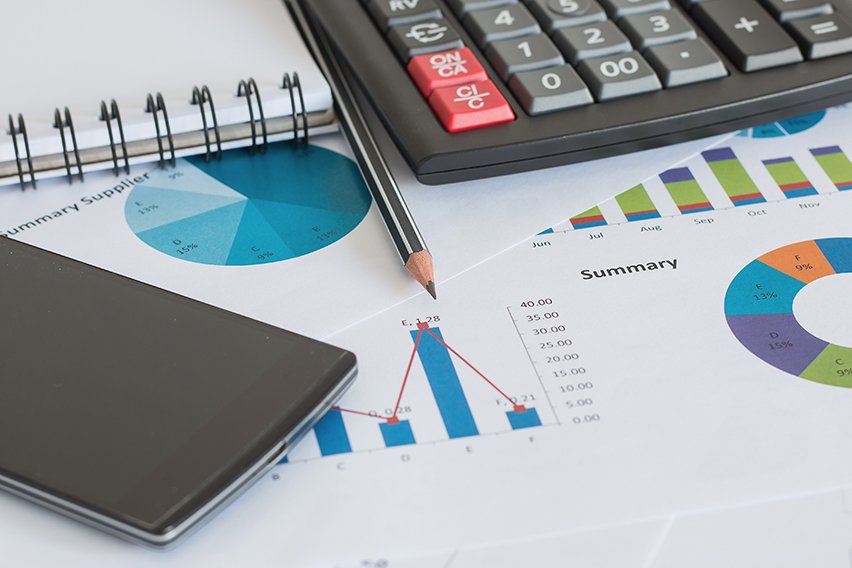 Financial Accounting: Meaning, Principles, and Importance
Financial Accounting: Meaning, Principles, and Importance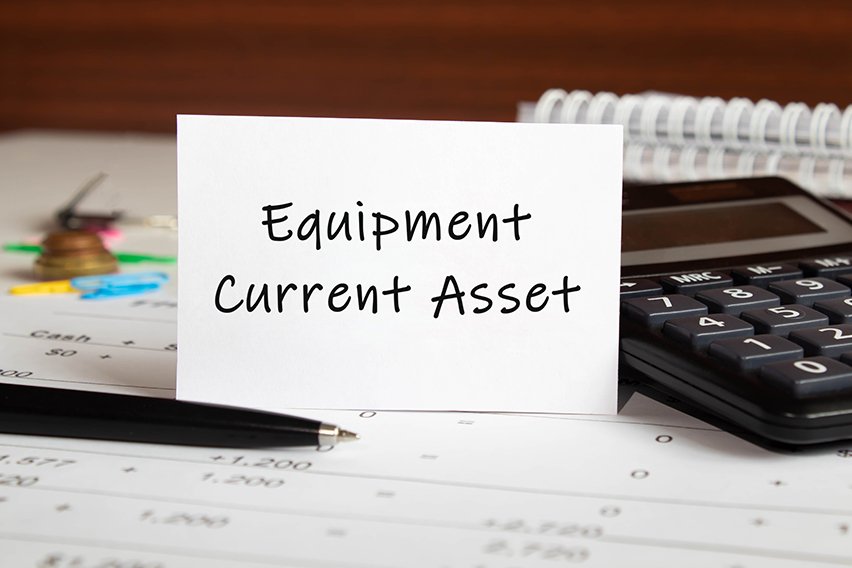 Is Equipment a Current Asset? No, It’s a Noncurrent Asset
Is Equipment a Current Asset? No, It’s a Noncurrent Asset What Is Amortization?
What Is Amortization?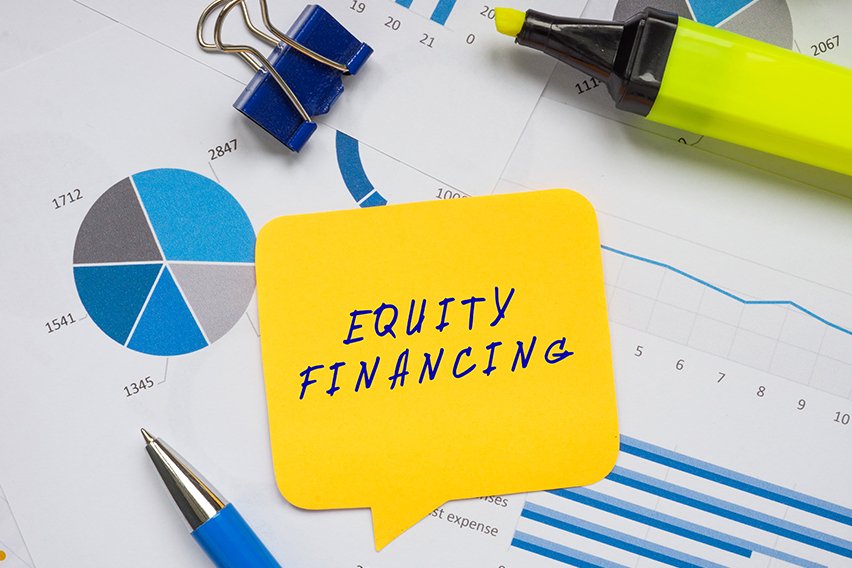 What Is Equity in Accounting: Everything You Need to Know
What Is Equity in Accounting: Everything You Need to Know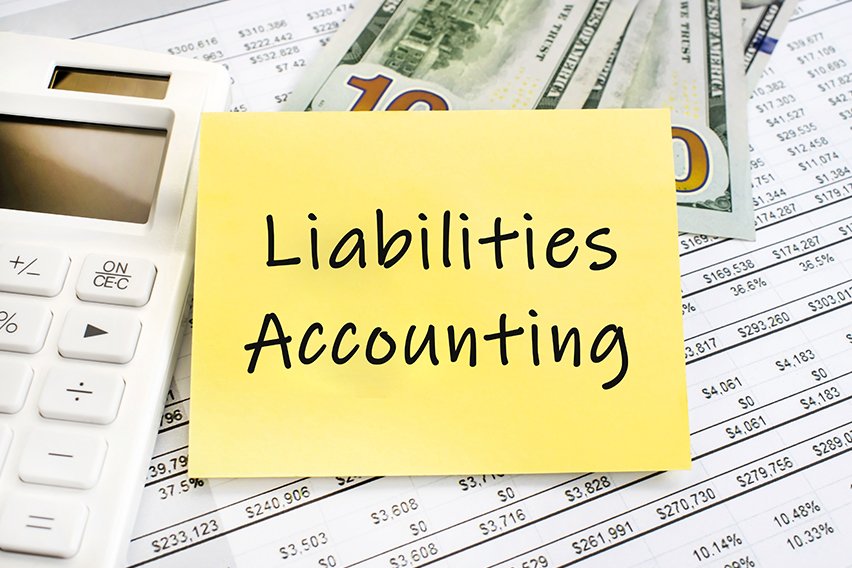 What Are Liabilities in Accounting?
What Are Liabilities in Accounting?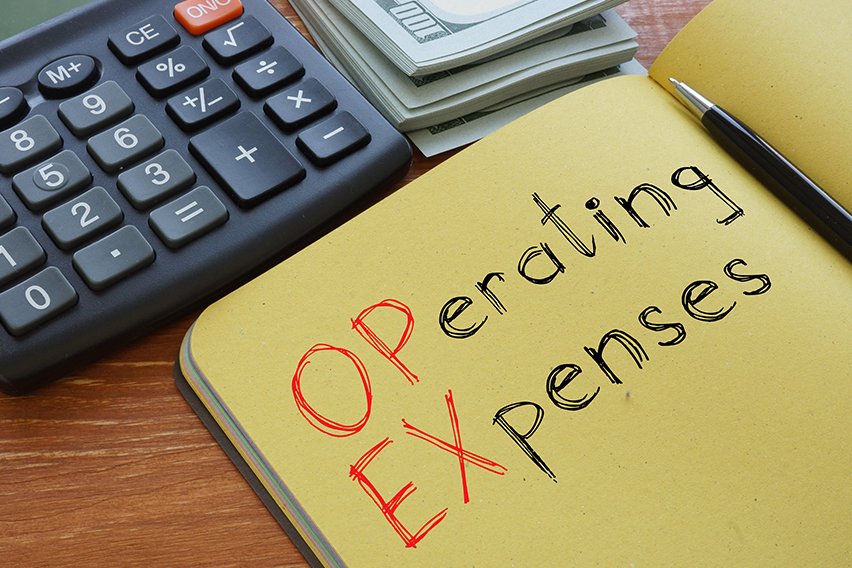 Is Depreciation an Operating Expense?
Is Depreciation an Operating Expense?